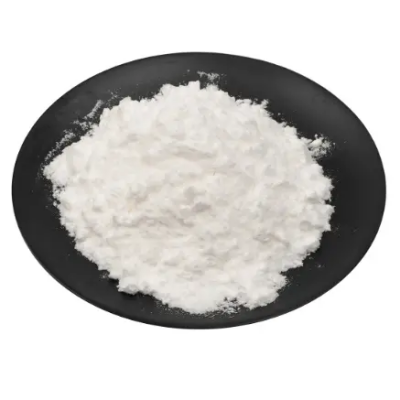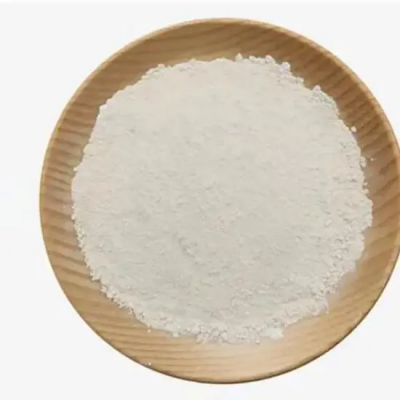4-(3-fluorobenzyloxy)benzaldehyde CAS:66742-57-2
The molecule consists of two aromatic rings: a phenyl ring and a fluorobenzyl ring. The phenyl ring is a simple aromatic hydrocarbon with a double bond between two carbon atoms, creating a ring of six carbon atoms. The fluorobenzyl ring is attached to the phenyl ring via an ether linkage, which consists of an oxygen atom connecting the two rings. The 3-fluorobenzyloxy substituent is attached to the phenyl ring at the 4-position. Fluorine is a halogen atom that is highly electronegative, which means it pulls electron density towards itself. This can influence the chemical reactivity of the compound, particularly the reactivity of the carbon atoms near the fluorine atom. The aldehyde functional group is located at the end of the molecule. An aldehyde consists of a carbonyl group, which is a carbon atom double-bonded to an oxygen atom, and a hydrogen atom. Aldehydes are known for their ability to act as electrophiles, meaning they can accept a pair of electrons from a nucleophile. Overall, 4-(3-fluorobenzyloxy)benzaldehyde is a relatively simple compound, but its functional groups give it a range of chemical properties that make it useful in organic synthesis. It can be used as a starting material for the synthesis of more complex compounds, or it can be used directly in various applications, such as flavorings or fragrances.



| Composition | C14H11FO2 |
| Assay | 99% |
| Appearance | white powder |
| CAS No. | 66742-57-2 |
| Packing | Small and bulk |
| Shelf Life | 2 years |
| Storage | Store in cool and dry area |
| Certification | ISO. |









![5-bromo-3-iodo-1H-pyrazolo[3,4-c]pyridine CAS:1357947-08-0](https://cdn.globalso.com/xindaobiotech/NIQ7288PPWVEXNL@IMY183.png)